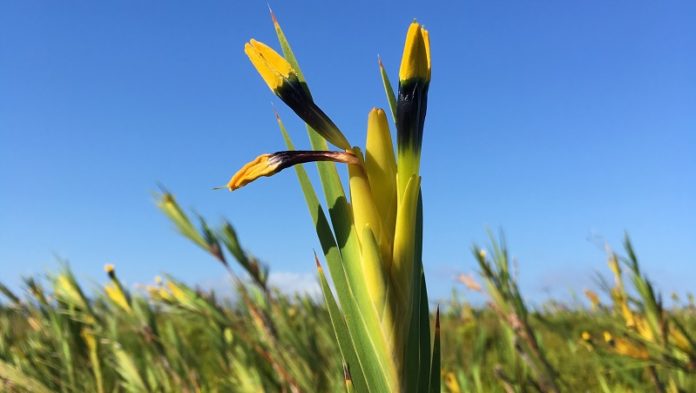Extinction risk could decrease by more than 50% if at least 30% of land were to be conserved across the tropics, a new study reveals.
The study, published today in Ecography, is the first to analyse extinction rates in the context of conservation and climate change and finds that increased conservation efforts paired with efforts to limit global warming to two degrees Celsius offers the best chance to slow species loss.
Conserving 30% of land area cuts extinction risk in half across all known tropical vascular plants, birds and mammals while avoiding extinctions results in healthy ecosystems that provide many services critical to people, including maintaining key carbon stores that mitigate against climate change.
The study also discovered that future conserved lands need to account for shifts in species location and agricultural land suitability that are the result of climate change, especially in higher elevation landscapes.
The findings, revealed at the World Biodiversity Forum in Davos, come at a critical time as the global conservation community meets in Rome this week to continue negotiations on the Zero Draft of the Post-2020 Global Biodiversity Framework ahead of the Conference of Parties to the Convention on Biological Diversity next October in Kunming, China.
The goals and targets to be agreed upon at the Conference will serve as an important road map guiding conservation efforts for the next 10 years – the period in which scientists agree we must slow global warming, protect ecosystems and biodiversity.
Lee Hannah, lead author and senior scientist at Conservation International’s Moore Center for Science, said: “2020 is the ‘Super Year for Nature’ and existing research shows we are on the verge of a sixth mass extinction if we do not commit to increased conservation efforts.
“The good news is that we now have science to guide actionable solutions to this crisis. If we collectively prioritise key areas for conservation we can preserve biodiversity hotspots and slow global warming at the same time. It’s a win-win model.”
The international group of study authors support the proposed inclusion of a target calling for 30% protection of land area and 30% protection of ocean area. The results of the Ecography study show the positive impact this 30% threshold for land conservation will have on species loss. In fact, it could help reduce extinction risk twofold, including extinctions that are fuelled by climate change.







